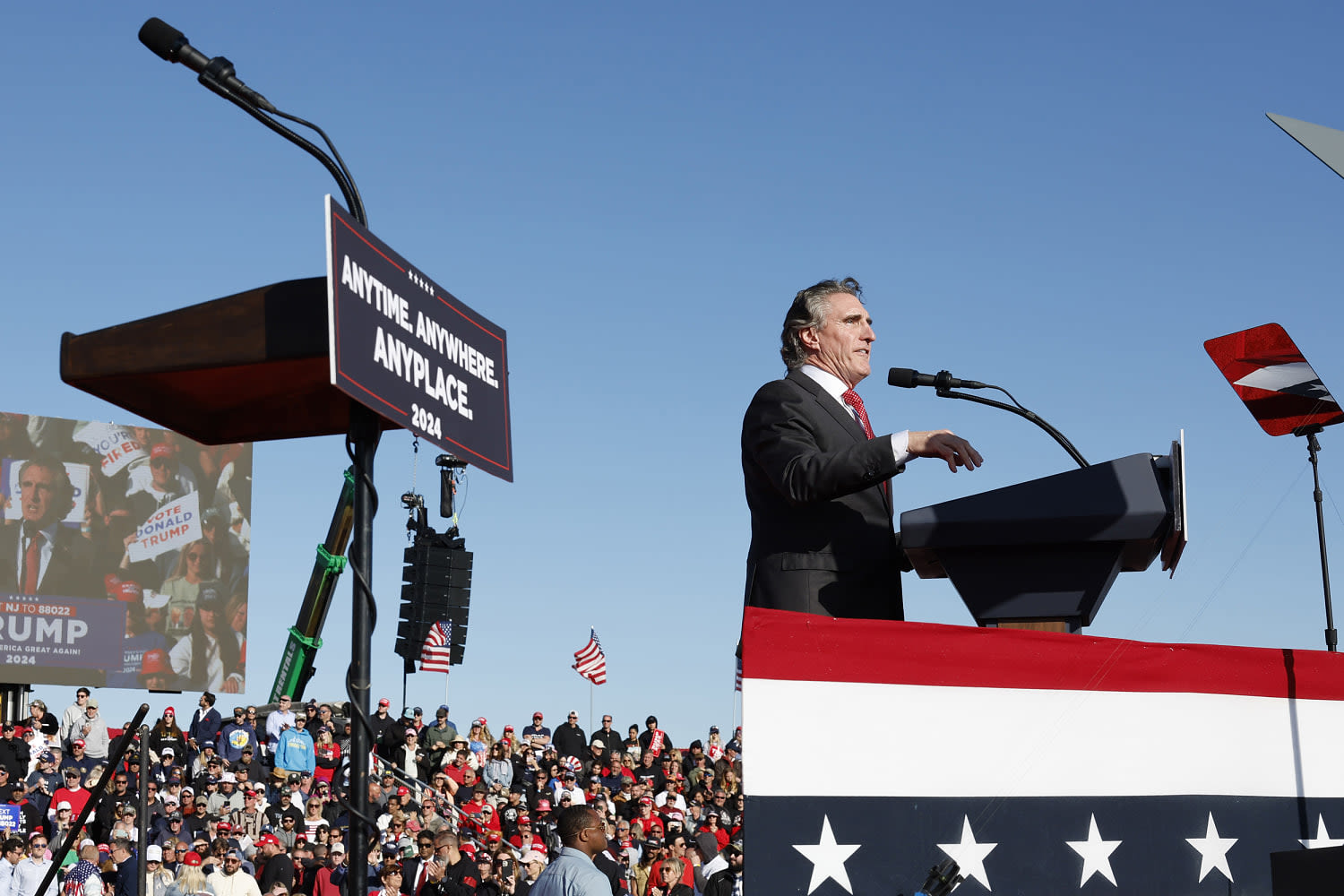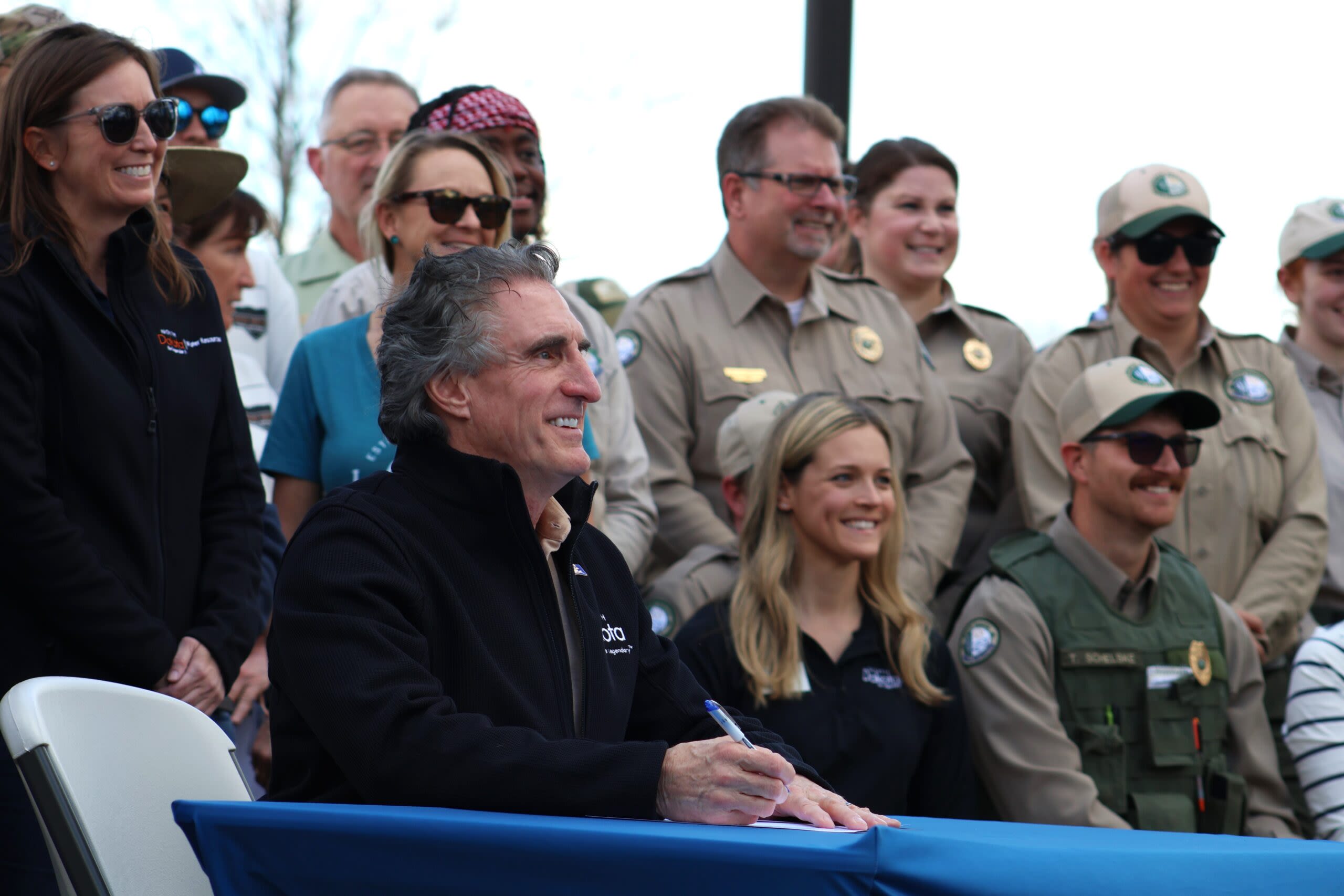Search results
North Dakota is part of the Great Plains region, characterized by broad prairies, steppe, temperate savanna, badlands, and farmland. North Dakota is the 19th largest state, but with a population of less than 780,000, it is the 4th least populous and 4th most sparsely populated.
- 70,705 sq mi (183,123 km²)
Grand Forks is a vibrant, picturesque city situated on the banks of the Red River of the North. It is the third largest city in North Dakota and the proud home of the University of North Dakota. With its vibrant downtown area, excellent restaurants and shopping venues, ample attractions, and trails, Grand Forks is an ideal spot to enjoy year-round.
- Overview
- Relief
- Drainage and soils
- Climate
- Plant and animal life
North Dakota, constituent state of the United States of America. North Dakota was admitted to the union as the 39th state on November 2, 1889. A north-central state, it is bounded by the Canadian provinces of Saskatchewan and Manitoba to the north and by the U.S. states of Minnesota to the east, South Dakota to the south, and Montana to the west. The North Dakota town of Rugby is considered to be the geographic centre of the North American continent. Bismarck, located in the centre of the state, is the capital.
The state’s name derives from the Dakota division of the Sioux peoples who inhabited the plains before the arrival of the Europeans in the 18th century. Indeed, present-day North Dakota was first inhabited by various Native American groups who were hunters and farmers. It later became the site of fur-trading posts and settlements for those who arrived on steamboats on the upper Missouri River from St. Louis. Still later, the area became a rich farmland for Anglo settlers (meaning those of European heritage rather those of Anglo-Saxon descent specifically), and it has continued to be a land of large farms and ranches.
The eastern half of North Dakota is part of the Central Lowland region of the United States. Both the Red River valley, a flat, glacier-formed lake bed extending from 10 to 40 miles (15 to 65 km) on either side of the Red River of the North, and the Drift Prairie, a rolling plain covered with glacial drift, lie in North Dakota’s portion of the Central Lowland. The western half of the state is part of the Great Plains region of the United States. The Missouri Escarpment separates the Drift Prairie from the Great Plains. In essence, the state’s topography consists of three broad steps rising westward: the Red River valley (800 to 1,000 feet [250 to 300 metres] above sea level), the Drift Prairie (1,300 to 1,600 feet [400 to 500 metres]), and the Missouri Plateau (the North Dakota portion of the Great Plains, 1,800 to 2,500 feet [550 to 760 metres]).
Britannica Quiz
USA Capitals and Nicknames Quiz
The Missouri riverbed is covered with a thick layer of glacial drift to the north and east. The Missouri Plateau has numerous potholes, lakes, and sloughs. West of the Missouri River the landscape has been shaped by water and wind erosion, and along the Little Missouri River (a branch of the Missouri) are spectacular cliffs, buttes, and valleys that form the North Dakota Badlands, in the far western part of the state. The highest point in North Dakota is White Butte (3,506 feet [1,069 metres]), near the southwest corner of the state in the Badlands area.
About two-fifths of the state is drained by the systems of the Red and Souris rivers, with roughly another two-fifths—the Missouri Plateau and the James River system—drained by the Missouri River. Devils Lake, in northeastern North Dakota, is the largest natural body of water in the state. It has fluctuated widely in depth and area over time. Throughout the 1990s, water levels began to rise dramatically because of increased rainfall and decreased evaporation. By the turn of the 21st century, the water had risen some 25 feet (7.5 metres), causing extensive flooding and destroying hundreds of thousands of acres of farmland in its surrounding area. Efforts to lower the water level of the lake by connecting it to the Sheyenne River have been controversial because of the high levels of sulfate found in the river.
Exclusive academic rate for students! Save 67% on Britannica Premium.
Learn More
Chernozem soils are found in the Red River valley and the Drift Prairie. Lighter, thinner, dark brown soils are common on the Missouri Plateau.
North Dakota’s north-central location gives the state a continental climate that is noted for its extreme temperatures. Temperatures have surged above 120 °F (about 49 °C) in summer and have plunged into the −60s F (about −51 °C) in winter. The western part of the state experiences lower humidity, less precipitation, and milder winters. In general,...
Most of the state is covered by grasses, which generally protect the soil from erosion and provide pasture. Perennial grasses grow early in spring and are usually dormant by summer. Drought and fires have inhibited tree growth; in fact, less than 1 percent of North Dakota’s land is forested, though rows of trees are commonly planted around farms to reduce wind erosion. Sections of relict virgin prairie are protected; however, in arable regions, croplands have replaced the prairie.
The grasslands still serve as a natural habitat for herds of buffalo and antelope, though many of the buffalo are protected in state parks. Belts of timber and brush along the rivers are home for white-tailed deer, elk, and bears. The Missouri Plateau is a principal flyway for wildfowl.
North Dakota is a community shaped by history, traditions and a fresh perspective. We have a storied past bylined by gritty, enterprising pioneers who saw the possibility of building a meaningful life here. And they did. Our mission is to gift this heritage to the future. Homesteader or new resident, we love this state and the work we do, but ...
News about Doug Burgum, Donald Trump, running mate
News about Elizabeth Bodine, children, North Dakota
News about North Dakota, primary election, wetlands
Also in the news
- loist51. Richmond, VA 832 contributions. Beautiful Nature Reprieve. I had no idea North Dakota was so gorgeous. If you go to North Dakota, please visit Medora and Theodore Roosevelt National Forest.
- Mackenzie K. 2 contributions. Love the market. It was great. Review of: Red River Market. Written October 21, 2023. This review is the subjective opinion of a Tripadvisor member and not of Tripadvisor LLC.
- Carrie Z. 2 contributions. Nice visitor center! Cute visitor center! Has the real wood chipper from the movie Fargo inside, and the wood chipper’s stand-in outside.
- granof03. Fort Wayne, IN 315 contributions. Enjoyable & Impressive. We enjoyed this drive a lot. Impressive sculptures. Liked the fact that there is plenty of room to pull over and get a good look and photos of them.
North Dakota offers so many unique experiences and untold adventures. Here you can follow your curiosity and not the crowds to the amazing sights, sounds and attractions. Check out the many itineraries already assembled to make your trip planning easier. Click here for ideas on free things to do in North Dakota
Welcome to North Dakota. North Dakota offers unique experiences and untold adventures that entice visitors to relish the unexpected and return for more. Its open landscape is lush with diversity, opportunity and possibility, with modern ideas and emerging technologies abundant as the prairie grasses. North Dakota offers the opportunity and ...





